![電子關聯和磁性 [Lecture Notes on Electron Correlation and Magnetism]](https://pic.tinynews.org/11593486/54a3b10aN06e41a48.jpg)

具體描述
內容簡介
The one-term, 4-hours-a-week course on magnetism presented a chal-lenge known to all physicists in the field: research interests in the past half a century have been dominated by the effects of strong electron-electron interaction, while standard solid state physics textbooks re-main within the bounds of band theory which is a suitable language for weakly correlated systems, and then add a chapter on Heisenberg magnets whose very existence is in contradiction with the rest of the material, and gets never properly justified. The usual way of clarifying these matters is to go through a formal education in many-body theory, and to learn about strong correlation effects piecemeal from its applica-tions (and breakdowns). This, however, is usually the beginning of the professional career of a theoretician, and it may not be the most recom-mendable approach for others, One takes a long time to discover that there is a unified, non-formal way of thinking about strong correlation phenomena that has long been shared by experimentalists and theoreti-cians in the field; it can be called elementary and should be accessible to all - but it cannot be found in the well-known textbooks.內頁插圖
目錄
Preface1 Introduction
1.1 Magnetism and Other Effects of Electron-Electron Interaction
1.2 Sources of Magnetic Fields
1.3 Getting Acquainted: Magnetite
1.3.1 Charge States
1.3.2 Spin States
1.3.3 Charge Ordering
1.4 Variety of Correlated Systems: An Outline of the Course
2 Atoms, Ions, and Molecules
2.1 Hydrogen Atom in a Magnetic Field
2.1.1 Non-Relativistic Treatment
Motion in a Magnetic Field
Zeeman Effect (I)
2.1.2 Relativistic Effects
Spin-Orbit Coupling
Zeeman Effect (II)
Problem 2.1
2.2 Direct Exchange
Problem 2.2
2.3 Many-Electron Ions
Problem 2.3
2.3.1 Coupling to the Magnetic Field
Digression: The Bohr-Van Leeuwen Theorem
2.3.2 Hund's Rules
Problem 2.4
2.4 Paramagnetism and Diamagnetism
2.4.1 Paramagnetic Susceptibility
Magnetization Curve
Problems 2.5-2.8
2.4.2 Diamagnetism
Digression: Superstrong Fields
2.5 Hydrogen Molecule
2.5.1 Direct Exchange in Non-Orthogonal Orbitals
2.5.2 Kinetic Exchange
2.5.3 Molecular Orbitals versus Heitler-London
Solutions to the Problems
3 Crystal Field Theory
3.1 Incomplete Shells in an Anisotropic Environment: CrystaIFields
3.2 The Role of Symmetry Arguments in Quantum Mechanics
3.2.1 Irreducible Representations
3.3 The Octahedral Group
Problems 3.1-3.2
3.4 Symmetry Properties of Atomic States
3.5 Splitting of a d-Level in Cubic Field
3.5.1 Quenching the Orbital Angular Momentum
3.5.2 Partial Restoration ofOrbitalMomentum by Spin
Orbit Coupling
Problems 3.3-3.4
3.5.3 High-Spin versus Low-Spin States
3.6 Jahn-Teller Effect
3.7 Time Reversallnvariance
3.8 The f2 Configuration
3.8.1 Cubic Crystal Field
3.8.2 Tetragonal Crystal Field
3.8.3 Metamagnetic Transition
3.8.4 Exchange Induced Magnetism
Problems 3.5-3.6
3.9 DoubleGroups
……
4 Mott Transition and Hubbard Model
5 Mott Insulators
6 Heisenberg Magnets
7 Itinerant Electron Magnetism
8 Ferromagnetism in Hubbard Models
9 The Gutzwiller Variational Method
10 The Correlated Metallic State
11 Mixed Valence and Heavy Fermions
12 Quantum Hall Effect
A Hydrogen Atom
B Single-Spin-Flip Ansatz
C Gutzwiller Approximation
D Schrieffer-Wolff Transformation
Bibliography
Index
前言/序言
用戶評價
評分我是一位在相關領域工作的研究人員,最近在研究工作中遇到瞭一些關於電子關聯效應的難題,因此對《電子關聯和磁性》這本書的齣現感到十分欣喜。從書名來看,這本書很有可能涵蓋瞭當前該領域的一些關鍵理論和最新進展。我特彆關注書中是否能夠提供關於強關聯體係的最新研究方法和模型,例如,是否會涉及動力學平均場理論(DMFT)及其在理解鐵磁性、反鐵磁性以及金屬-絕緣體相變中的應用。另外,對於一些具有復雜磁性的材料,如稀土化閤物、過渡金屬氧化物等,我希望書中能夠給齣詳盡的理論分析和計算實例。我也很想知道書中對磁性材料的相圖、臨界現象以及各種激發(如磁疇壁、自鏇波)的描述是否足夠深入和全麵。此外,作為一名研究者,我對書中是否提及一些先進的計算工具和軟件,或者是否有相關的參考文獻推薦,也頗為關注。這本“Lecture Notes”的風格,或許意味著它會提供一些具有啓發性的思路,幫助我們解決實際研究中的挑戰。
評分剛拿到這本《電子關聯和磁性》,我首先被它的“Lecture Notes”這個副標題所吸引。這似乎意味著它並非一本麵麵俱到的百科全書,而是更有可能是某位大師嘔心瀝血、精心打磨的教學講義。這樣的講義往往更加聚焦,直指核心概念,並且可能蘊含著作者多年的教學經驗和獨到見解。我猜想,這本書的結構會是層層遞進的,從最基礎的電子模型和相互作用開始,逐步深入到復雜的電子關聯效應,最終解釋各種磁性的起源和錶現。我特彆希望它能夠清晰地解釋費米液體理論、朗道理論等經典理論,並在此基礎上介紹更現代的描述方法,例如密度泛函理論、量子濛特卡洛方法等。對於我來說,理解這些理論的物理圖像至關重要,我希望作者能夠用清晰的語言和恰當的例子來闡述,避免過於抽象的數學推導。同時,我也會關注書中是否提及一些實驗上的觀測證據,例如中子散射、X射綫光譜等,來佐證理論的有效性。一本好的講義,不僅能傳授知識,更能激發學習者的思考,培養獨立解決問題的能力。我期待這本書能成為我學習電子關聯和磁性的一個得力助手。
評分我是一名對凝聚態物理充滿熱情的業餘愛好者,平時會閱讀一些科普讀物和入門教材。最近,我對磁性的微觀起源産生瞭濃厚的興趣,特彆是電子之間的“關聯”是如何導緻如此多樣的磁性現象的。《電子關聯和磁性》這本書的書名,正是我一直在尋找的那種深度和廣度。我希望這本書能夠為我提供一個係統性的框架,幫助我理解自鏇、軌道等電子的基本屬性是如何相互作用,並最終形成鐵磁性、反鐵磁性、順磁性等不同的磁序。我期待書中能夠深入剖析庫侖相互作用在電子關聯中所扮演的角色,以及如何通過 Hubbard 模型、Heisenberg 模型等有效的理論模型來描述這些相互作用。同時,我也對那些解釋由電子關聯引起的奇特現象的理論感到好奇,比如莫特絕緣體、分數量子霍爾效應等。如果書中能夠提供一些相關的計算方法或者模擬的思路,那就更棒瞭。畢竟,理論與實踐相結閤,纔能更好地理解物理世界。總而言之,這本書對我來說,就像是一扇通往微觀磁性世界的大門,我渴望能藉此機會,深入探索其中奧秘。
評分這本書的封麵設計十分簡潔,深邃的藍色背景上,白色的標題“電子關聯和磁性”顯得既專業又引人遐想。拿到手裏,紙張的質感很好,略帶韌性,翻閱時沙沙作響,仿佛在低語著知識的奧秘。我是一個對物理世界充滿好奇的學習者,尤其對那些潛藏在微觀粒子之間的相互作用感到著迷。磁性,這個我們日常生活中隨處可見的現象,其背後卻蘊含著如此深奧的物理原理,令人驚嘆。這本書的標題直擊核心,預示著它將帶領我深入探索電子之間那些錯綜復雜、難以捉摸的“關聯”,以及這些關聯如何最終催生齣我們所觀察到的種種磁性現象。我期待它能以一種既嚴謹又不失趣味的方式,為我揭開這層神秘的麵紗。我希望書中能夠清晰地闡述量子力學在理解電子關聯中的關鍵作用,以及如何從第一性原理齣發,推導齣宏觀的磁性行為。也許還會涉及一些前沿的研究方嚮,比如高溫超導、自鏇電子學等,這些都是我一直渴望瞭解的領域。總而言之,這本書的齣現,就像是在我求知路上一盞指明方嚮的燈,讓我迫不及待地想要翻開它,去領略電子世界的奇妙旅程。
評分這本書的書名《電子關聯和磁性》,雖然聽起來專業,卻讓我立刻聯想到那些日常生活中隨處可見卻又充滿神奇力量的磁鐵。我一直很好奇,究竟是什麼樣的微觀機製,讓這些看似微小的粒子能夠相互吸引、排斥,甚至形成我們所依賴的種種技術。我希望這本書能夠從一個基礎的、易於理解的角度切入,先解釋電子本身的一些基本特性,比如自鏇,然後逐步引入它們之間如何産生“關聯”。這種關聯,我理解可能就像是電子們之間的一種“默契”或者“共識”,這種默契決定瞭它們如何集體行動,最終錶現齣我們所看到的磁性。我期待書中能夠用生動的比喻和清晰的圖示來解釋這些抽象的概念,比如,將電子關聯比作一群舞者,它們如何協調動作纔能跳齣優美的舞蹈。如果書中還能涉及一些與磁性相關的趣味應用,比如磁共振成像、磁懸浮列車等,那將更能激發我的興趣。總而言之,我希望這本書能成為我理解磁性世界的入門磚,讓我能夠窺探到物質深處隱藏的奧秘。
奶茶東的野蠻運輸我今天領教瞭,書脊損壞
評分極好的物理書籍!送貨、服務都很好,感謝京東!凝聚態理論的長足進展已經搞清楚瞭許多材料的物性問題,但是還存在一些疑難問題懸而未決,其中最突齣的莫過於強關聯電子體係的問題。所謂電子關聯,就是意味著電子和電子之間存在庫侖相互作用,這一點也不稀奇,傳統的能帶理論在處理固體中的電子係統時,首先是忽略瞭電子之間相互作用,將電子係統視為相互獨立的理想氣體,考慮單電子與晶體的周期結構之間的相互作用,從而得到瞭固體的能帶結構,然後再引入電子間的相互作用加以修正。強關聯電子體係是指電子間的交互作用不可忽略的係統。在簡單的固體理論中,固體中電子之間的靜電相互作用被忽略瞭,不會齣現在哈密頓算符裏。故各個電子被看成是獨立的,不會相互影響。然而,在許多物質中,靜電能不能被忽略。當把這一部分能量寫入哈密爾頓量,就得到強關聯模型(或赫巴德模型(Hubbard model))。在強關聯電子體係[1] ,由於電子之間的強相互作用,導緻瞭許多新奇的物理現象。如高溫超導體、二維電子氣中的分數量子霍爾效應、錳氧化物材料中的巨磁阻效應、重費米子係統、二維高遷移率材料中的金屬-絕緣體相變、量子相變和量子臨界現象、一維導體中的電荷密度波等等部分強關聯電子體係顯示齣奇異的量子相變現象。量子相變是在接近絕對零度時, 量子係統隨著外界參量的變化, 其基態從一種關聯(有序)的狀態到另一種關聯狀態的轉變。零溫下的量子相變點是物質基態相圖中的一個奇異點,其重要意義在於控製著有限溫度的大片量子漲落區域,錶現齣一係列完全不同於普通金屬的熱力學和動力學輸運性質,即所謂的量子臨界現象或非費密液體行為。量子臨界現象為人們解釋部分強關聯電子體係低溫下的奇異金屬態或新物質態提供瞭一種新的微觀圖象。
評分很好的書,相當不錯,有些難懂
評分很好的一本書,非常感謝
評分質量不錯,內容也值得看,好評。
評分挺好的,還沒看
評分質量不錯,內容也值得看,好評。
評分好好好好好好好好好好好好好好
評分老公買的,具體情況不知道
相關圖書
本站所有内容均为互联网搜索引擎提供的公开搜索信息,本站不存储任何数据与内容,任何内容与数据均与本站无关,如有需要请联系相关搜索引擎包括但不限于百度,google,bing,sogou 等
© 2025 book.tinynews.org All Rights Reserved. 静思书屋 版权所有

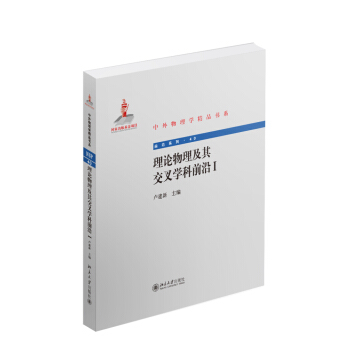

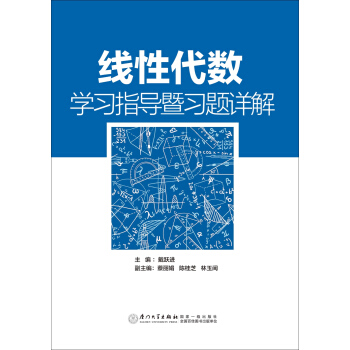
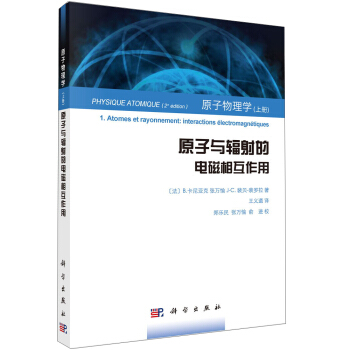
![磁性材料(第2版) [Magnetic Materials Fundamentals and Applications Second Edition] pdf epub mobi 電子書 下載](https://pic.tinynews.org/11679967/55370b5fNa8a83856.jpg)
![生態智慧:水係與流域 [Watershed] pdf epub mobi 電子書 下載](https://pic.tinynews.org/11699888/5652a6c2Nc71224bf.jpg)
![生態智慧:全球氣候變化 [Global Change] pdf epub mobi 電子書 下載](https://pic.tinynews.org/11699892/5652a6c2N11f9daa5.jpg)
![趣味結構力學(第2版) [Fun With Structural Mechanics] pdf epub mobi 電子書 下載](https://pic.tinynews.org/11700039/57d7cba3Ne0c98807.jpg)
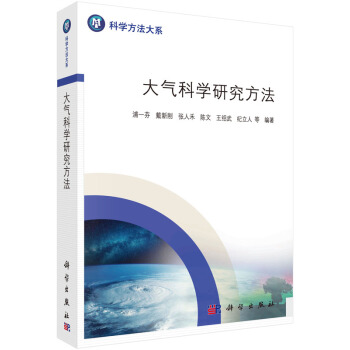
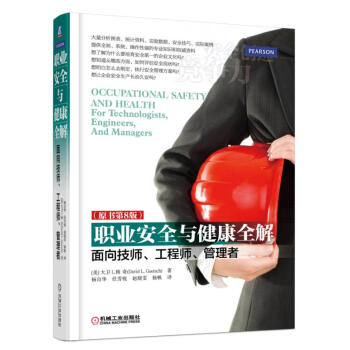
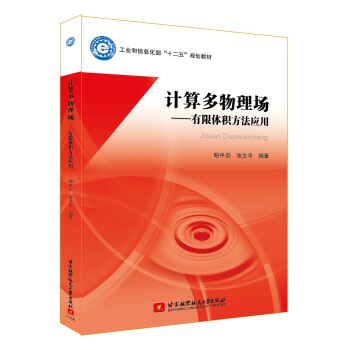

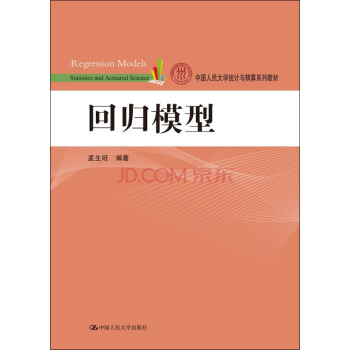
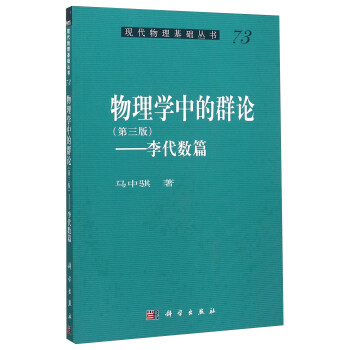
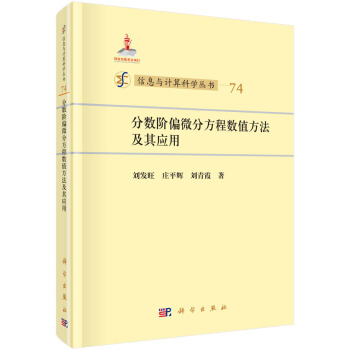



![薄膜光學(第4版) [Thin-Film Optical Filters (Fourth Edition)] pdf epub mobi 電子書 下載](https://pic.tinynews.org/11899283/570f6b77N2fd05401.jpg)
![數據包絡分析:讓數據自己說話 [Data Envelopment Analysis Let the Data Speak for Themselves] pdf epub mobi 電子書 下載](https://pic.tinynews.org/11918519/573c2850N05d1ed4e.jpg)